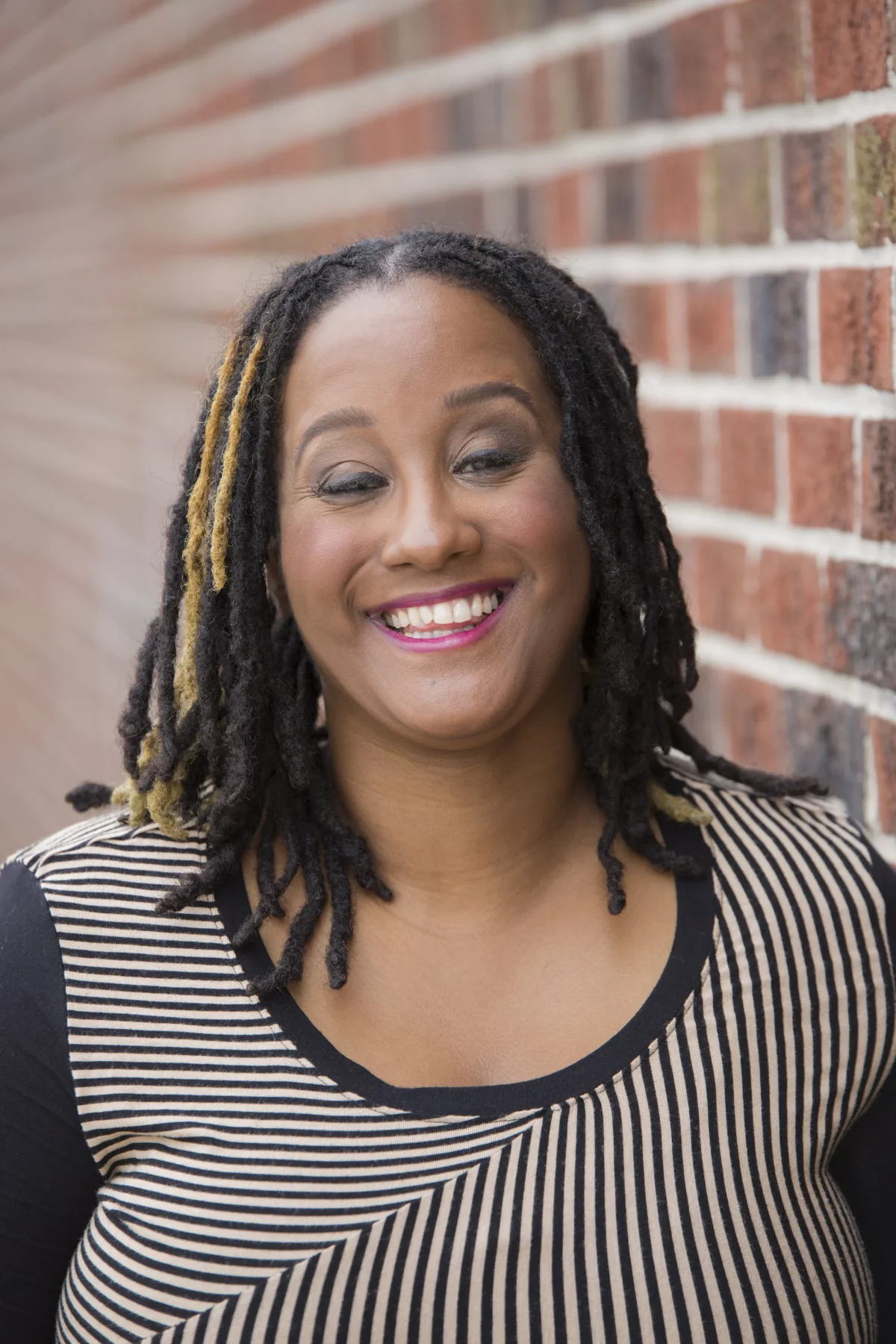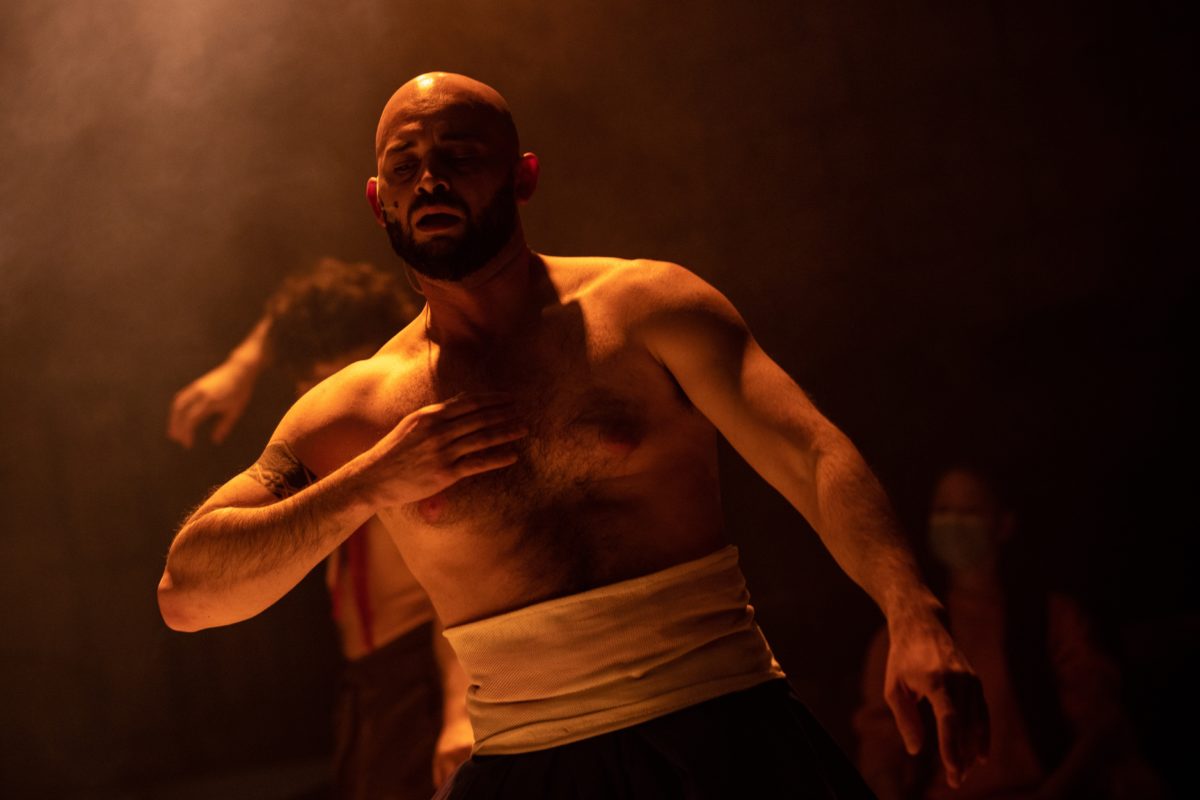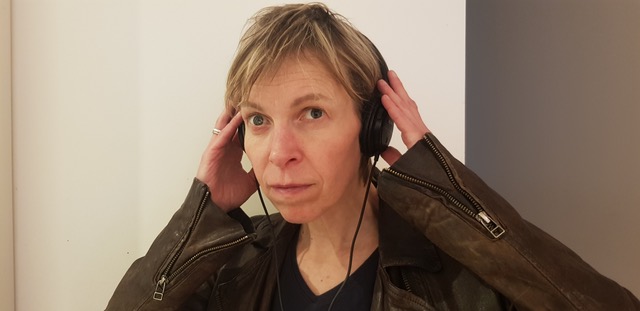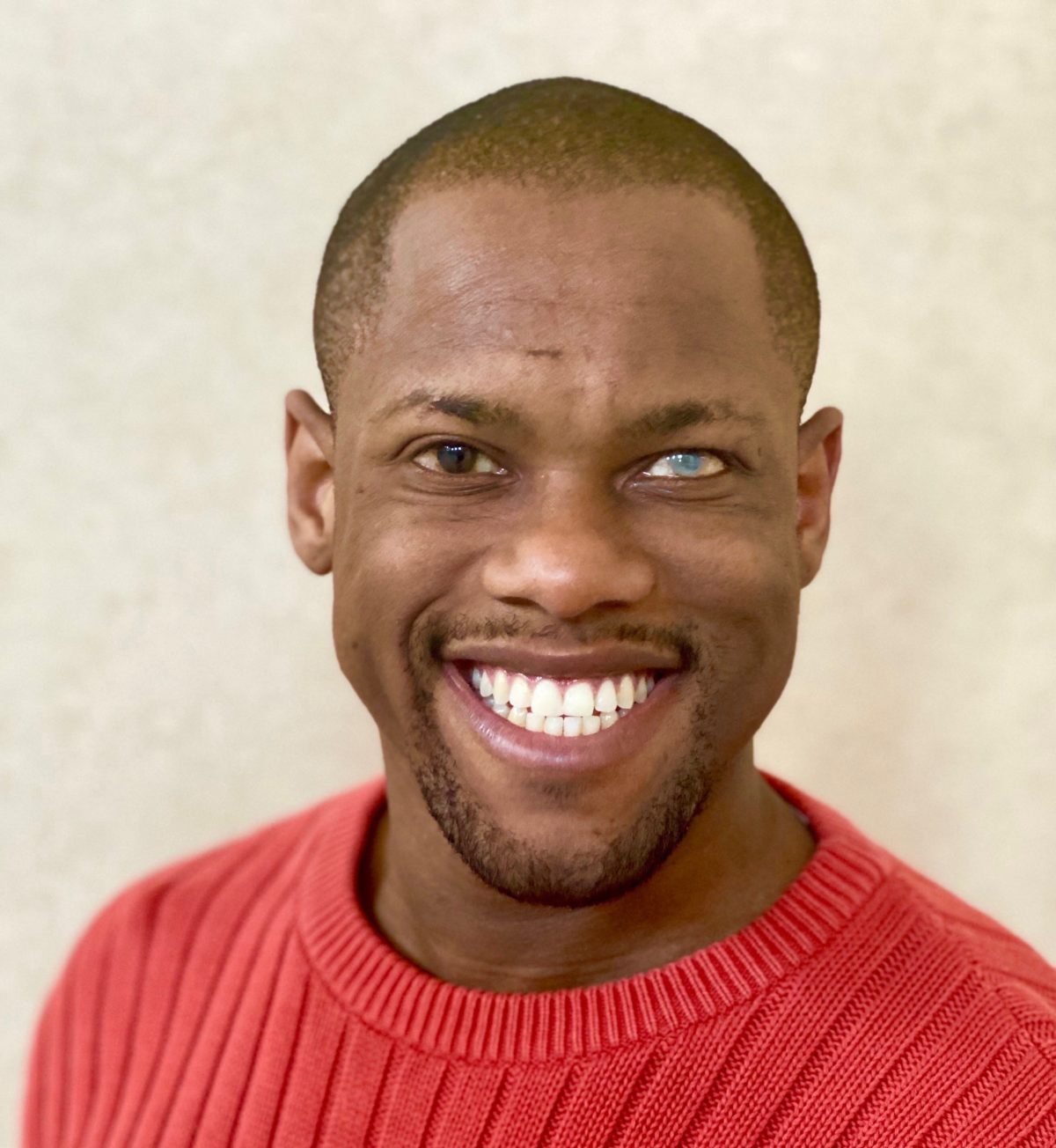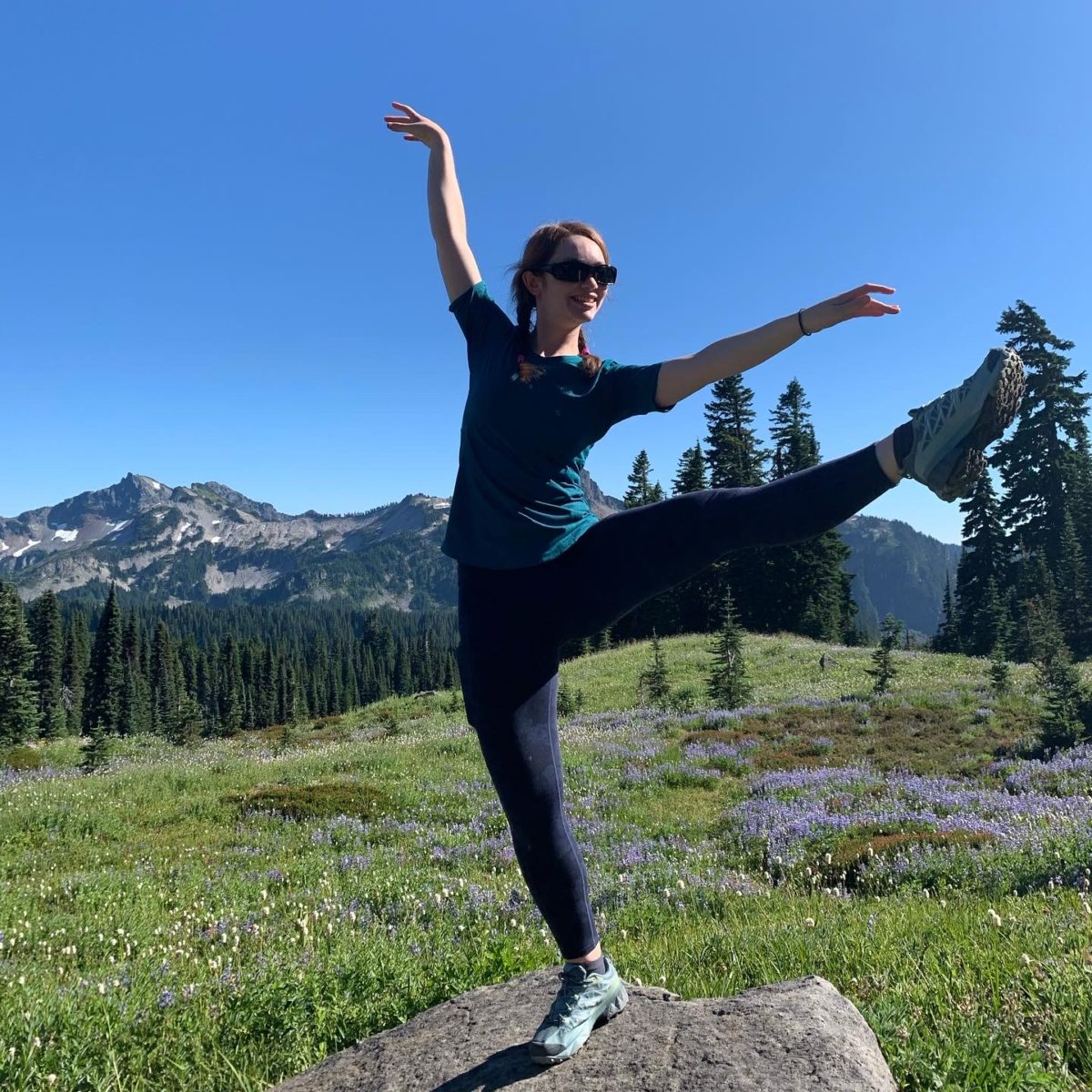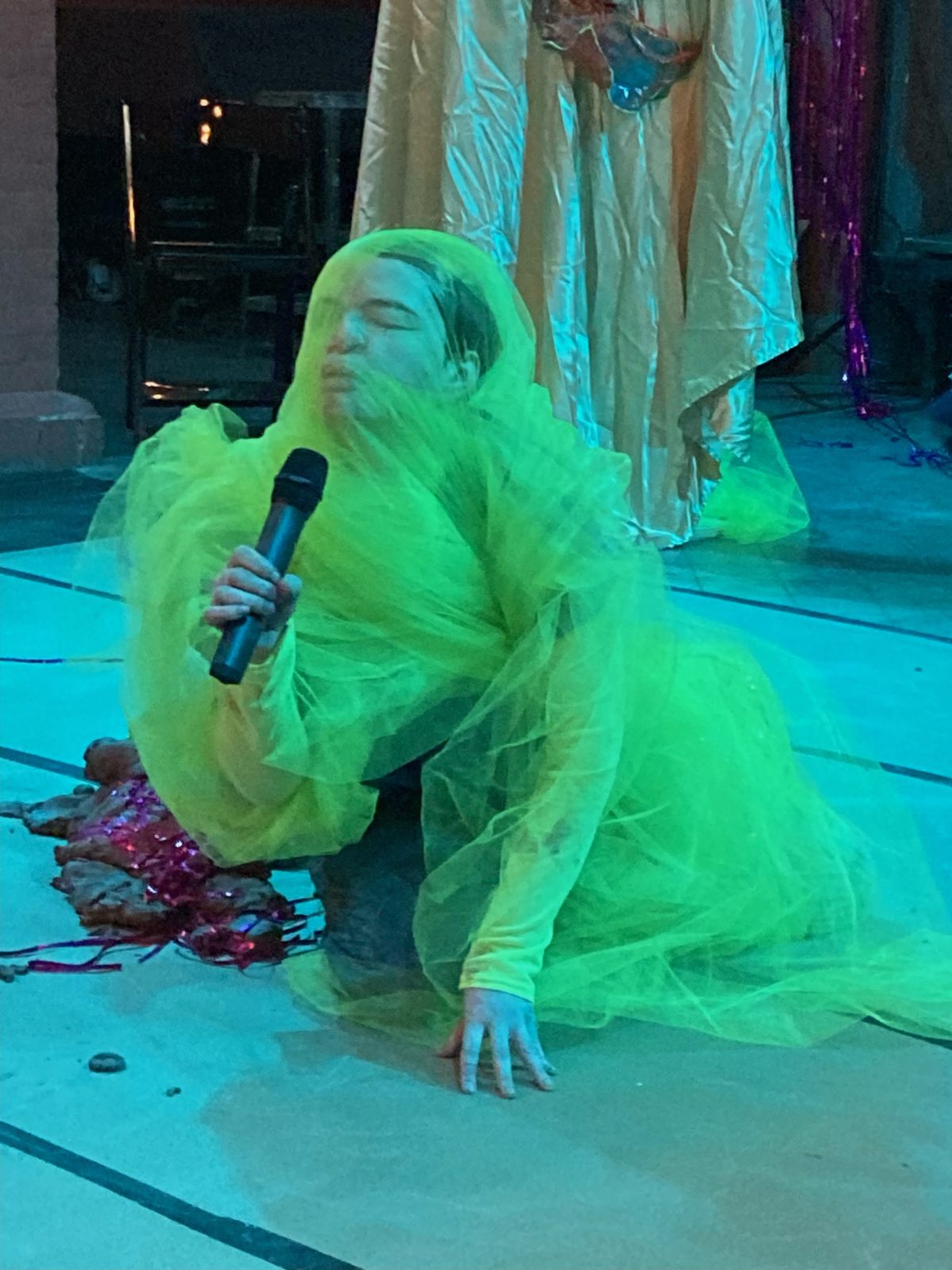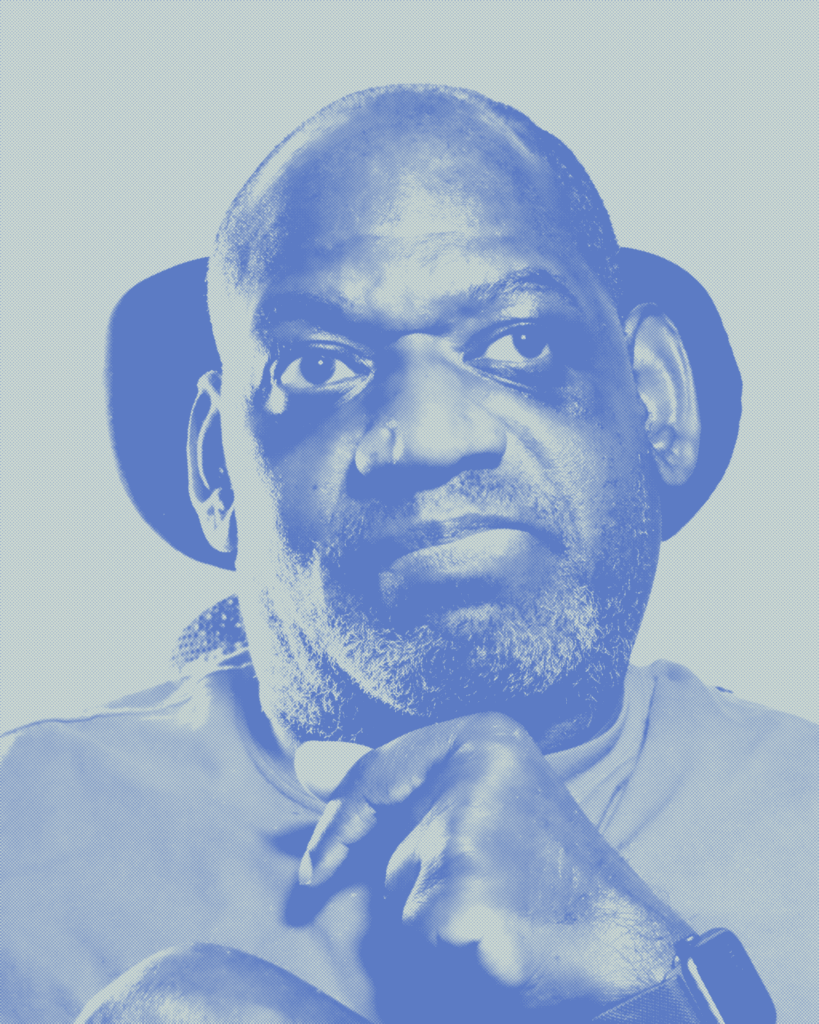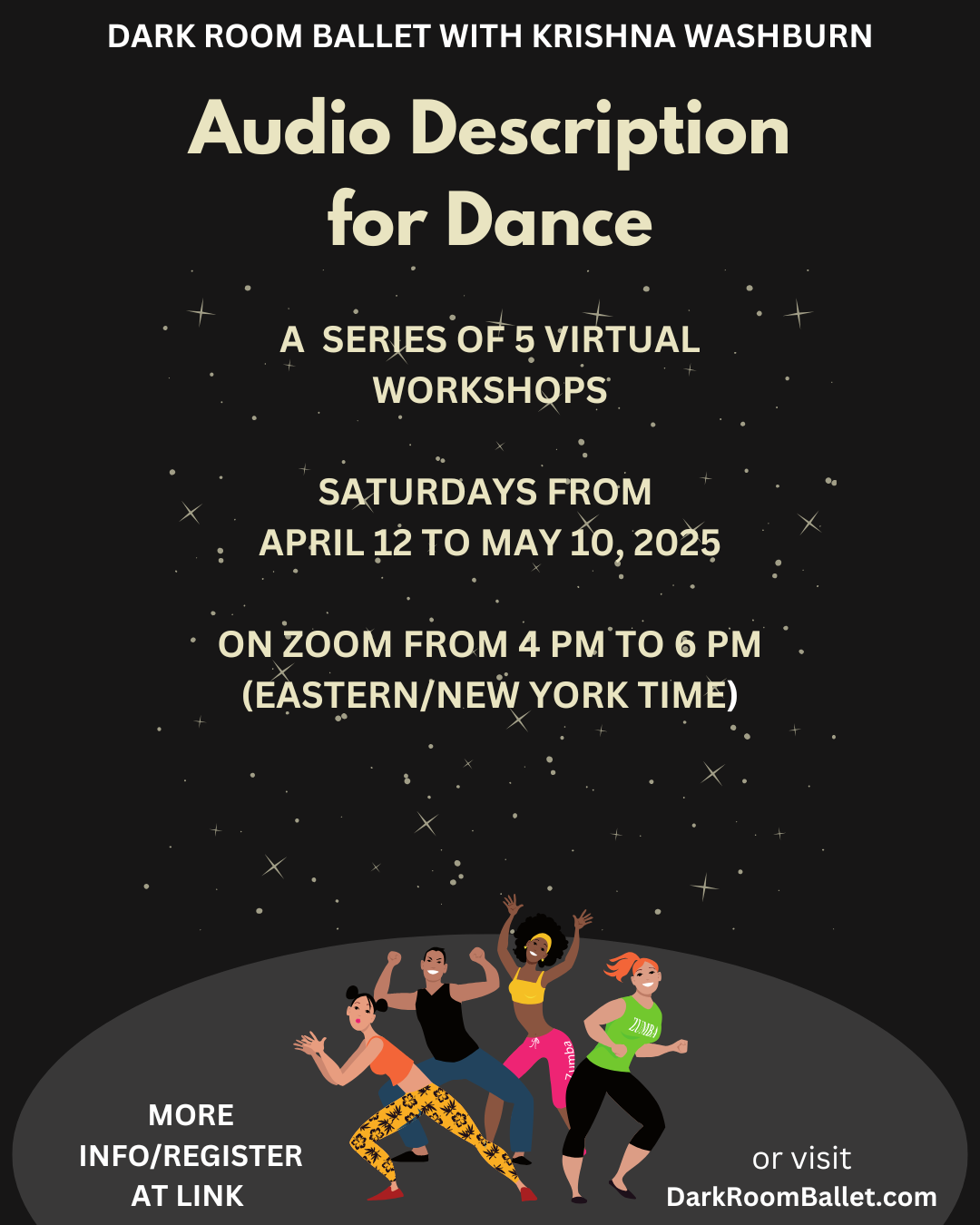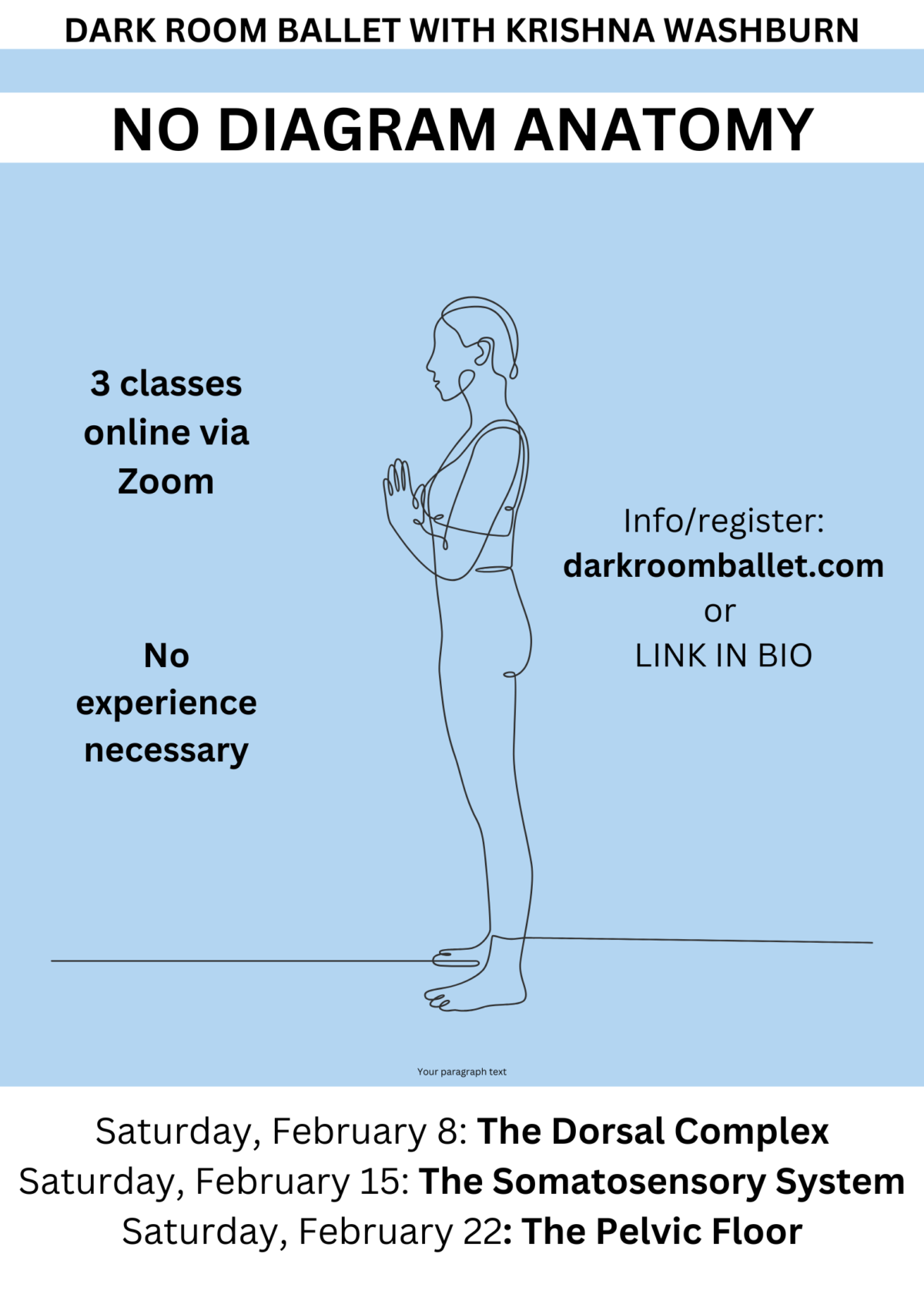Presented as part of our Fall/Winter 2025 guest artist workshop series:
Developing Your Voice — A Vocal Training Intensive Workshop Series with Alex Bulmer
About Alex Bulmer:
Alex Bulmer is an award winning Blind playwright, voice teacher, actor and performance maker with thirty five professional years working across Canada and the UK.
She finds joy and potency through mutual growth and original expression, is dedicated to inter-dependent practice, and guided by an invitation to follow the grain of her own wood.
Alex is co-creator of multiple Blind-led productions including May I Take Your Arm, Perceptual Archaeology, Gesture and Maddy and The Invisible Band of Groovers.
She is artistic director of Toronto-based Fire and Rescue Arts, which de-centres visuality from imagination to creation.
In 1990, Alex graduated with an Advanced Diploma in Voice Studies from the Royal Central School of Speech and Drama.
Since then, she has been supporting Blind and Sighted performers to experience vocal freedom – the deep connection between breath and voice, the energy of resonance and vibration and the dynamic physicality of speech.
About This Intensive Workshop Series:
Developing Your Voice is a special intensive workshop series that addresses the specific vocal skills needed by both audio describers of dance and self-describing dancers.
In Alex’s words: The human voice, your voice, is your primary instrument as a describer. When describing Dance, your voice is called upon to be more flexible and expressive. So let’s learn to play your vocal instrument well!
In these workshops, you will learn how to prepare your voice for description, and gain skills to enable you to express language in the most effective way.
The workshop will cover a brief overview of how the voice works, discuss how you can keep your voice healthy, and offer exercises to nourish and develop your vocality, and better engage with the physicality of language.
You will learn a warm up routine that you can practice to develop and support you to vocally best connect Blind audiences with the art of Dance, whether as an audio describer or dance or a self-describing dancer.
Workshop Dates and Details:
These intensive workshops are designed for the learning needs of different professional groups, but can be approached in a cumulative way, with the second workshop building on the skills developed in the first.
They will be offered virtually on Zoom.
All workshops start at 4 PM (Eastern Time), and include 90 minutes of vocal technique followed by 30 minutes of open question and answer time.
- Wednesday, December 3, 2025: Developing Your Voice for Describers of Dance
- Thursday, December 4, 2025: Developing Your Voice for Self-Describing Dancers
If you an an audio describer, for the first workshop, please bring a paragraph of text that you can read and practice during the workshop — a sample of audio description from a recent project is ideal! If you are an audio describer or self-describing dancer, for the second workshop, please memorize one sentence that you can use during the workshop — it can be anything!
To register for this transformative workshop series, send an email to info@darkroomballet.com with the subject line Developing Your Voice
